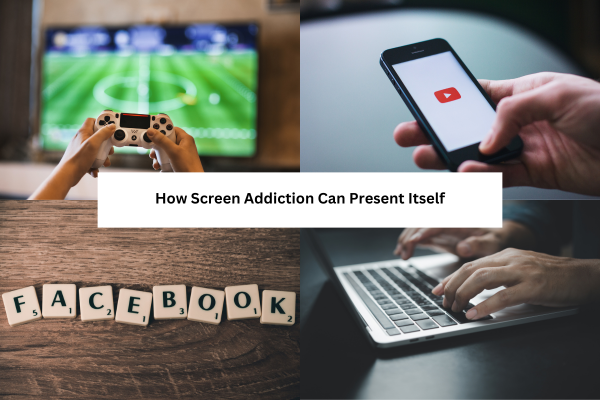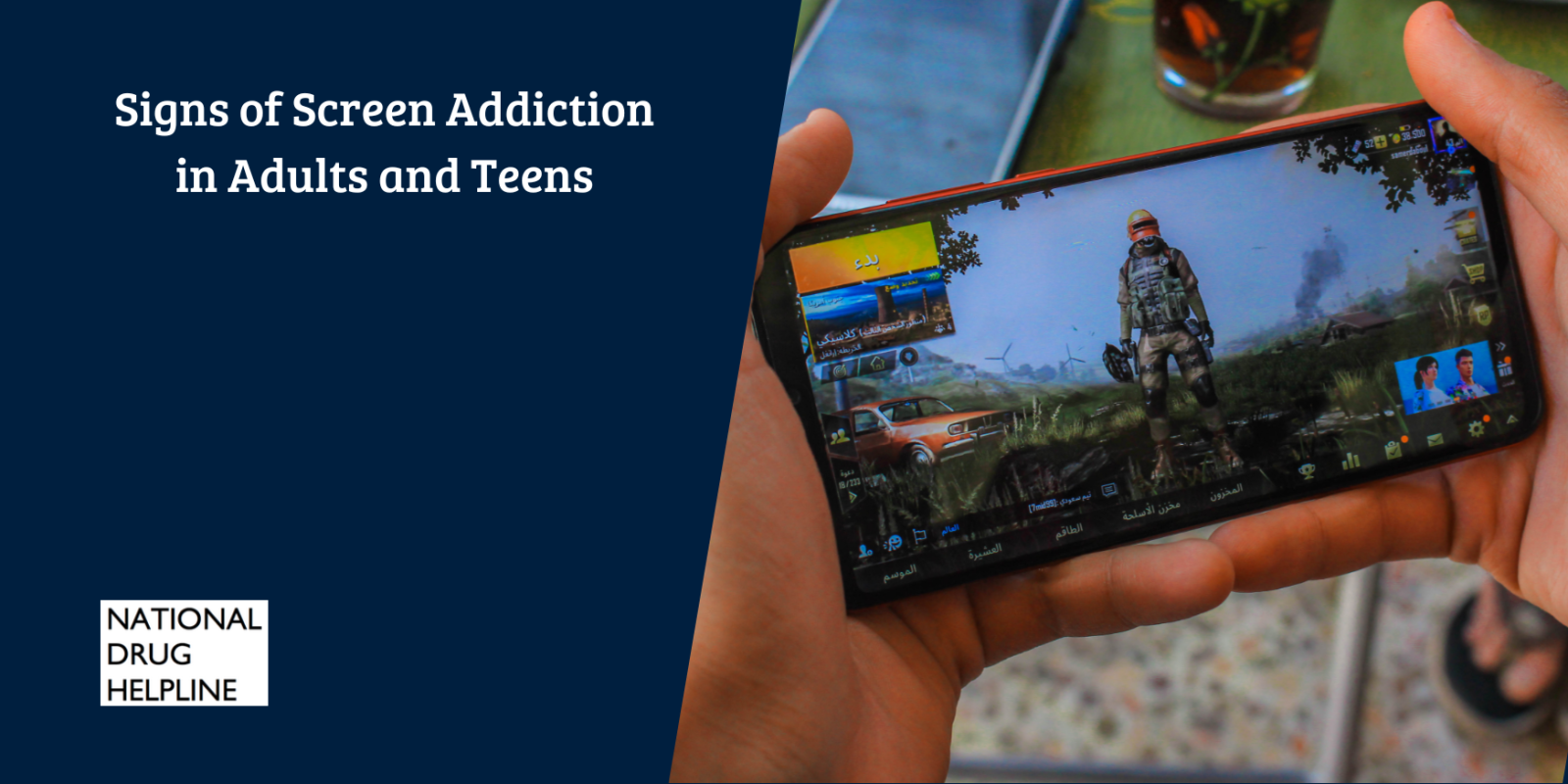With the advent of multi-purpose mobile devices, screens have become a constant companion for everyone. Most people today spend several hours in front of a screen, from the time they wake up to the buzz of their mobile’s alarm to falling asleep to late-night doom scrolling. While it is undeniable that technology has its benefits in work, education, and entertainment, it also has a well-known darker side: screen addiction.
It can be difficult to differentiate between a person who simply uses mobiles as a routine or habit from those who have become addicted to screens. This leads to the question: What are the signs of screen addiction?
Unlike occasional overuse during holidays or to pass the time, screen addiction is characterized by compulsive use of screens to a degree that it interferes with daily life. This condition can occur in all age groups, from small children to teenagers and adults. In children and teenagers, the addiction is mainly to video games, social media, and messaging apps. Whereas in adults, they may spend hours looking at work emails, binge-watching, or endlessly scrolling through news feeds.
What is Screen Addiction?
Screen addiction is also known as problematic digital media use or screen time addiction. This is a type of behavioral addiction that involves compulsive engagement in rewarding activities, despite negative outcomes. It is very similar to other addictive behaviors such as gambling or shopping addiction.
Studies have found that excessive screen time stimulates the brain’s reward system by releasing a neurotransmitter called dopamine, also known as the “feel-good” chemical. [1]
Over time, the brain becomes accustomed to longer sessions of screen time or seeks constant screen time. This can create a cycle that is difficult to break without adequate help.
Addiction to screen can present in different ways:
- Social Media Addiction: Compulsively checking notifications, scrolling feeds, or comparing lives with others.
- Video Game Addiction: Prioritizing gaming over school, work, or social obligations.
- Streaming Addiction: Binge-watching for hours, even when it disrupts sleep or responsibilities.
- Work-Related Screen Addiction: Being unable to switch off from emails, messaging apps, or remote work demands.
Signs of Screen Addiction
It is important to recognise the signs of screen addiction early on. Although almost everyone has a screen time that is longer than recommended, there are some signs that can help identify a person who has screen addiction. Some of these signs are:
Loss of Control Over Screen Use
You are no longer able to control the amount of time you spend on your screen. You may be planning to check your phone for just a minute, but then an hour disappears. In younger people, the majority may struggle with putting down a game. Whereas older adults may feel they are compelled to endlessly scroll through social media.
Neglecting Responsibilities
People who have a habit of excessive screen use may also find themselves missing deadlines, skipping classes, ignoring household chores, or receiving poor grades. With time, this can cause both productivity and reputation to suffer.
Withdrawal Symptoms
When attempts to limit screen time are made, people may experience irritability, anxiety, restlessness, or even physical symptoms such as headaches. [2] This is particularly true in teenagers who may show signs of visible distress when their devices are taken away.
Sleep Disturbances
The natural sleep cycles may get interrupted by late-night scrolling, binge-watching, or gaming sessions. Screens produce blue light that can suppress the release of melatonin. Melatonin is a hormone that induces sleep and maintains circadian rhythm. When its levels are low, it can become harder to fall asleep. This can make it difficult for adults, who may show up to work exhausted whereas teenagers are at risk of poor concentration in school.

Mental Health Challenges
Numerous studies have linked excessive screen time to an increase in mental health disorders such as anxiety and depression. [3] This may be because social media promotes unhealthy comparisons. Likewise, gaming addiction may also lead to social isolation.
Strained Relationships
Excessive screen usage can make family members feel ignored at dinner. Even close friends may feel frustrated when they are not given priority over online activities.
Escalation and Tolerance
Similar to substance abuse, people with screen addiction may need to use screens for longer periods or require more stimulating content to feel the same level of satisfaction. Therefore, an initially planned one hour of gaming or scrolling can cause three or four hours to fly by unknowingly.
Adults vs. Teenagers: Who Is More at Risk?
While both adults and teenagers are vulnerable, the risks play out differently based on the age group.
Adults
- Work-Related Triggers: Remote work can blur boundaries and lead to constant connectivity.
- Coping Mechanism: Screens can serve as a way to manage stress, loneliness, or boredom.
- Health Risks: Adults face greater physical consequences, such as eye strain and heart disease linked to sedentary habits.
Teenagers
- Developing Brain: Teenagers are more sensitive to rewards driven by dopamine. These dopamine rewards may come from likes, messages, and achievements in games.
- Peer Influence: Social pressure can fuel a fear of missing out.
- Academic Impact: Homework and grades may decline sharply when screen time takes priority.
- Identity and Self-Esteem: Social media can have a negative impact on how teenagers perceive themselves.
Conclusion
In a society driven by technology, screen addiction has become a growing challenge. By recognizing the signs of screen addiction, such as sleep disturbances, withdrawal symptoms, and neglect of responsibilities, the necessary steps to address the problem can be taken.
Although the consequences of screen time addiction are serious, they are not irreversible. By maintaining healthy boundaries, going through digital detoxes, participating in healthy activities, and seeking professional support, it is possible to recover.
References
| ↑1 | Singh, Ranjit. “Perils of screen addiction.” AKGEC International Journal of Technology 13.1 (2022): 40-44. |
|---|---|
| ↑2 | Sigman, Aric. “Screen Dependency Disorders.” Journal of the International Child Neurology Association (2017). |
| ↑3 | Rao, Shirish Ravichandra, et al. “Health impact of screen addiction: A cross-sectional comparative study.” The National medical journal of India 37.1 (2024). |

